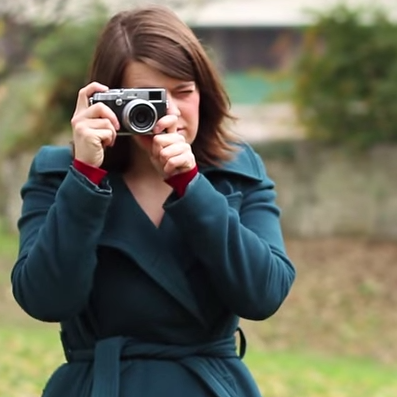Sony A7C review
Sony places full-frame tech inside an APS-C body - but is this travel-friendly mirrorless model any good?

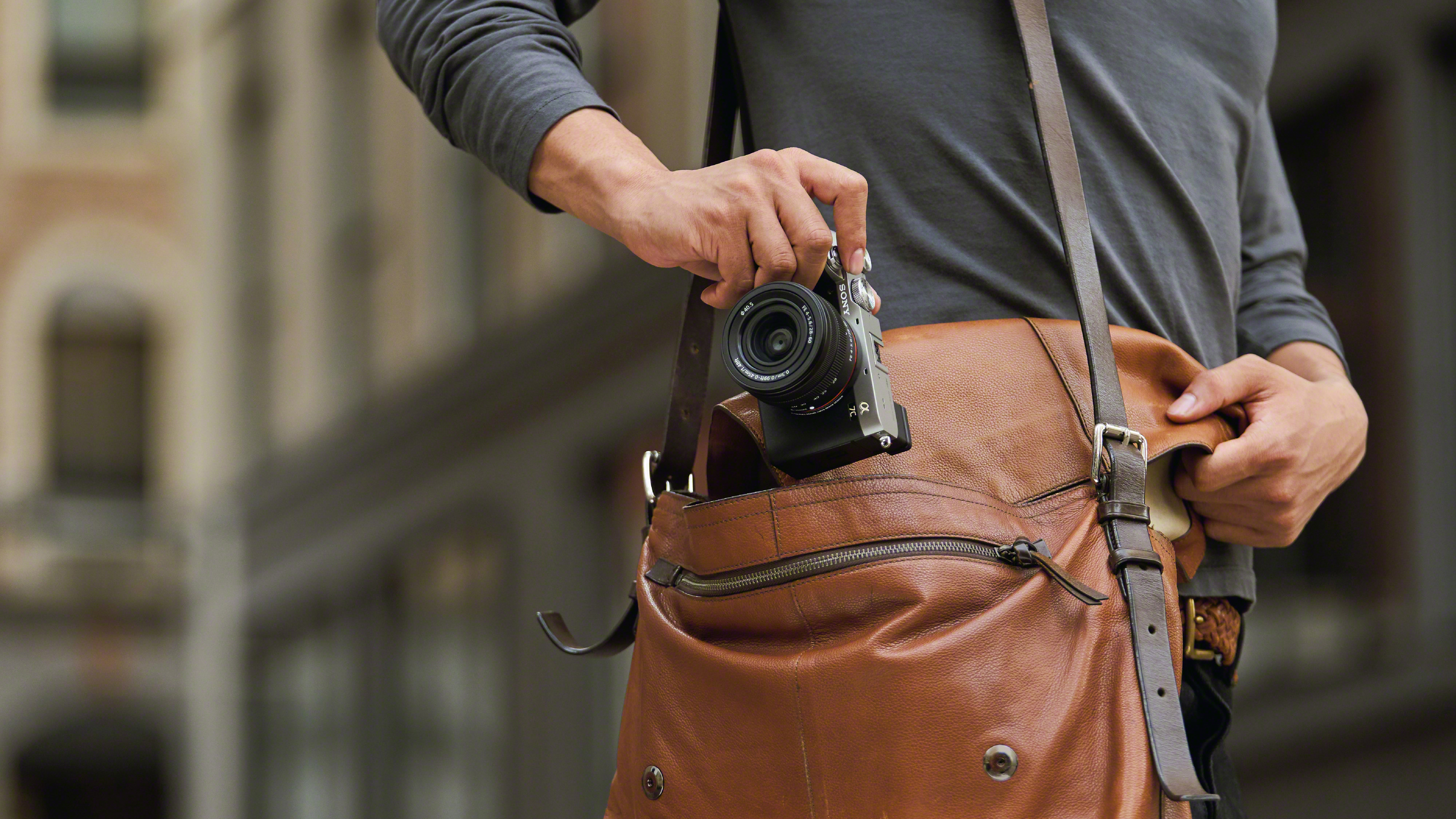
Placing full-frame tech inside an APS-C-sized body shows off exactly what Sony is capable of. In terms of image quality and performance, the A7C matches the A7 III, but in terms of usability, it’s a bit of a damp squib. Unless you’re particularly wedded to the idea that your camera needs to be as small as possible, it’s hard to recommend this model over the A7 III.
-
+
Small and light
-
+
Kit package well-priced
-
+
Fully articulating screen
- +
- +
-
-
Handling could be better
-
-
Low-resolution viewfinder
-
-
Kit lens not the best performer
-
-
Single card slot
Why you can trust T3

Announced in September 2020, the Sony A7C holds the accolade of the world’s smallest and lightest full-frame camera system. In essence, Sony has blended together its top-of-the-line APS-C model, the Sony A6600 with its mid-range full-frame camera, the A7 III to create an entirely new line.
The idea behind this mix is that you get a small and compact offering that is more likely to appeal to younger users and those coming up from smartphones, as compared to the (slightly) bigger and bulkier standard A7 range.
To match this smaller and more lightweight design, Sony has also introduced a new kit lens to go along with the A7C in the shape of the 28-60mm f/4-5.6 zoom which retracts into itself to make the overall combination a highly portable option, potentially appealing as a travel, walk around or everyday camera.
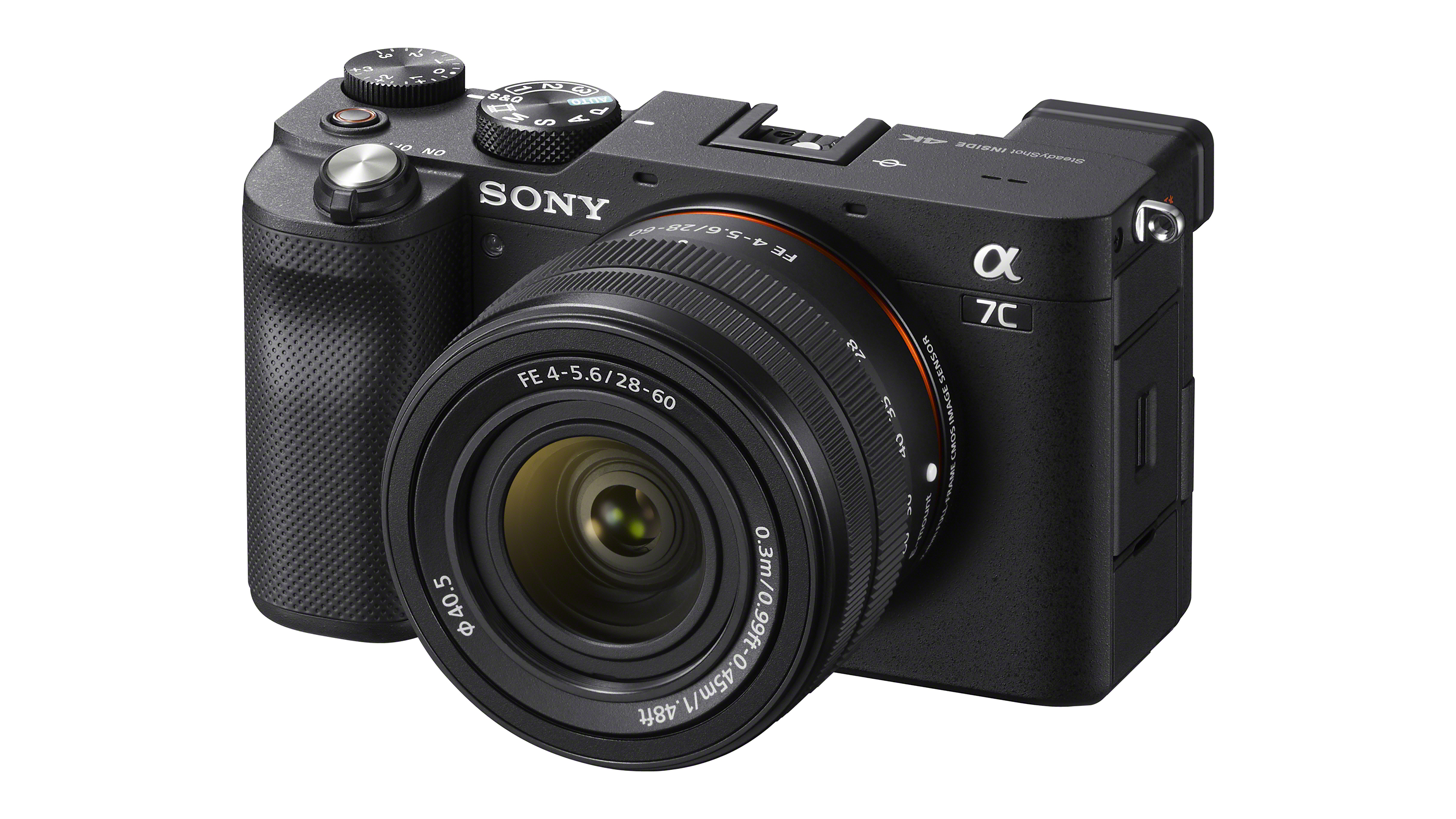
Sony A7C Review: Design and Handling
Sony has created a bit of a halfway-house when it comes to the A7C. It’s more-or-less an A7 III packed into the same type of body as an A6600, but is still a little bit bigger overall than the latter.
As such, you get a viewfinder which is shifted over to the left in a flat rangefinder-style, rather than being centrally housed as you’ll find on the normal A7 range of cameras. The viewfinder is a little on the small side, with a lower resolution than other A7 cameras. It’s useable, but it feels like outdated tech in 2020 and is not overly pleasant to use.
Instead, you might prefer to compose your images via the fully-articulating touch-sensitive screen. Although this is handy for shooting from a variety of angles, it too is on the low side, resolution wise and doesn’t show off your shots at their best.
The front grip isn’t as deep as the a6600’s, which makes it a little less comfortable to hold for long periods of time, but it helps to keep the size down. On the top of the camera, there’s a mode dial, an exposure compensation dial and a dedicated video record button.
Get all the latest news, reviews, deals and buying guides on gorgeous tech, home and active products from the T3 experts
On the back of the camera, you’ve got a similar set up to other Sony models, including a Fn button, and a scroll which has some double functions including ISO. There’s no joystick here for navigating around menus, or choosing an autofocus point, but that's not particularly unusual for entry-level models.
Pressing the Fn button will take you to a set of commonly-used settings, including ISO, white balance, metering, and so on. You can fully customise this menu to include whatever settings you personally use most often, while most of the buttons can also be customised to your own particular preference too.

Sony A7C Review: Features
At the heart of the A7C is the same 24.2-megapixel full-frame sensor as found in the now three-year-old Sony A7 III, the company’s mid-range “all-rounder” model. The fact that it’s a little on the old side helps to keep the price down, and we already know that it’s a solid performer.
Sony uses the same lens mount across its APS-C and full-frame mirrorless models, so if you’re already in possession in one of the company’s APS-C models and have a few compatible lenses kicking about, the A7C could make sense as a step-up model.
If this is your first interchangeable lens camera, however, the A7C comes with a new kit lens, the 28-60mm f/4-5.6mm retractable zoom optic. It’s designed to be as portable as possible, rather than for sharpness or high image quality - so you’ll almost certainly want to invest in an additional lens at some point.
Covering the 93% of the frame, the A7C features Sony’s best autofocusing technologies. There’s 693 phase AF points and 425 contrast AF points, designed for super-quick focusing. There’s also Real-Time Eye AF (which can be used on both humans and animals), making it an excellent option as a family camera for capturing special moments.
Offering 10fps shooting puts the A7C on par with the A7 III again, which although not as blisteringly fast as some on the market, still makes it reasonably well-equipped to deal with moving subjects. You can also capture a decent stream of shots, with 115 raw / 223 JPEGs in a single burst.
Vloggers might also consider the A7C as a viable option, and as such it has a number of video-friendly features, including 4K video recording (albeit it a fairly pedestrian max frame rate of 30p), a fully-articulating screen that can face forwards, and the option to create social-media friendly vertical video.
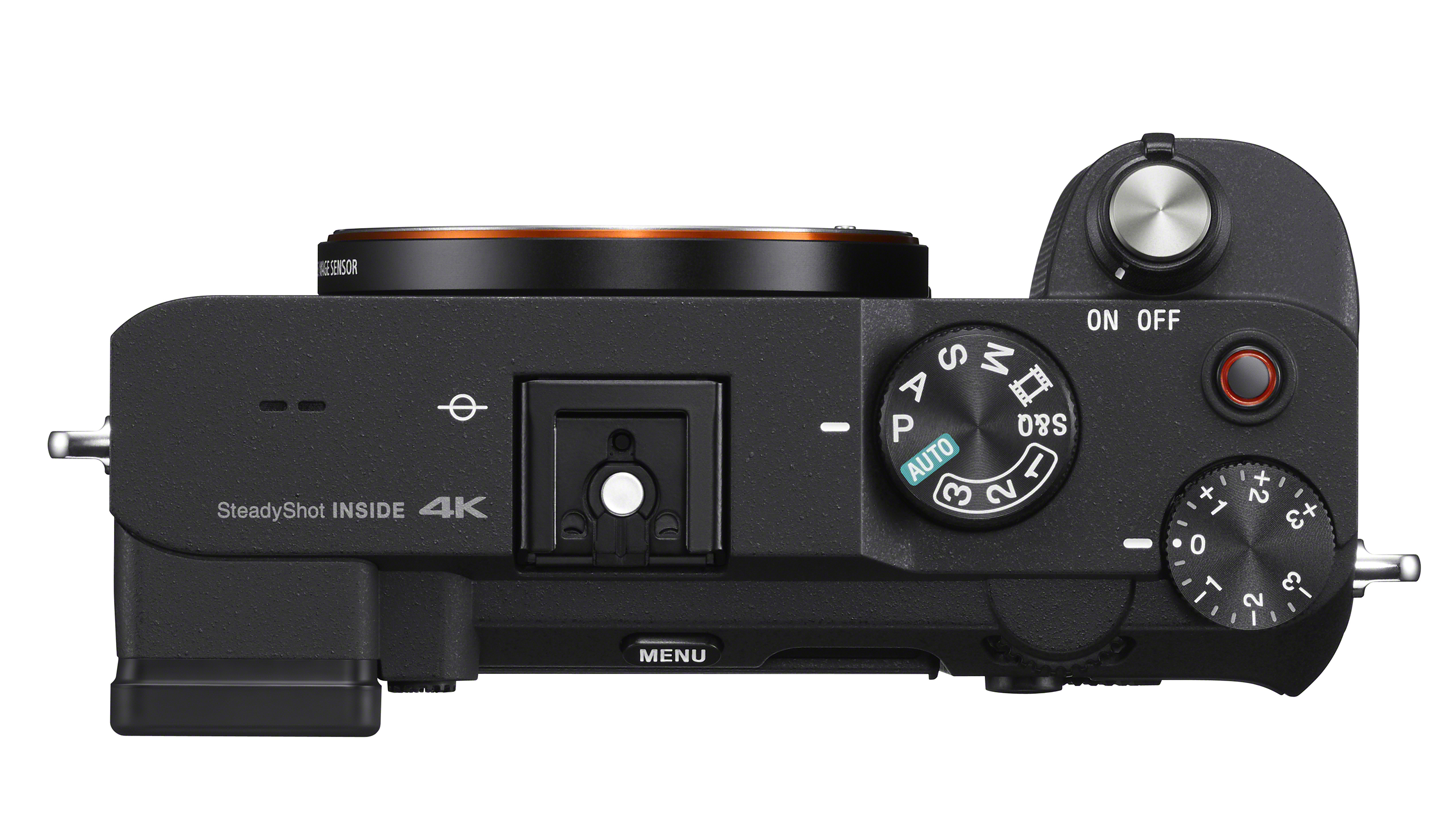
Sony A7C Review: Performance
By using very similar specifications to the A7 III, including the same sensor, we didn’t expect there to be any surprises when it came to the A7C’s image quality.
Just like the A7 III, the A7C’s sensor is a solid all-round performer, producing good images in a variety of different shooting conditions. Images are warm and vibrant, with a good degree of detail. It is perhaps let down a little bit by the 28-60mm kit lens which is far from being Sony’s sharpest and best-performing lens. Only opening up to f/4 at the widest, gives it limited scope for creating shallow depth of field effects, or for shooing in low light, but it’s a good lens to get you started with for travel and everyday shooting.
At higher ISOs, such as ISO 12800, images are usable, but are best kept to smaller printing and sharing sizes. For the best results, shooting at ISO 3200 or below is recommended.
Again, just like the A7 III, the A7C’s autofocus performance is another solid all-rounder, generally locking on to the subject with ease in most conditions. It’s also pretty good at following a moving subject, especially if that subject is following a reasonably predictable pattern. Again, the 28-60mm f/4-5.6 lens is not best suited to sports and action, but it’s a good function for pets and kids.
Having Eye AF enabled is also useful for shooting portraits - even if they are of the family variety. You can switch between Human and Animal Eye AF - we hope one day that a firmware upgrade will see the camera (and other Sony models) able to switch between the two types automatically.

Sony A7C Review: image samples
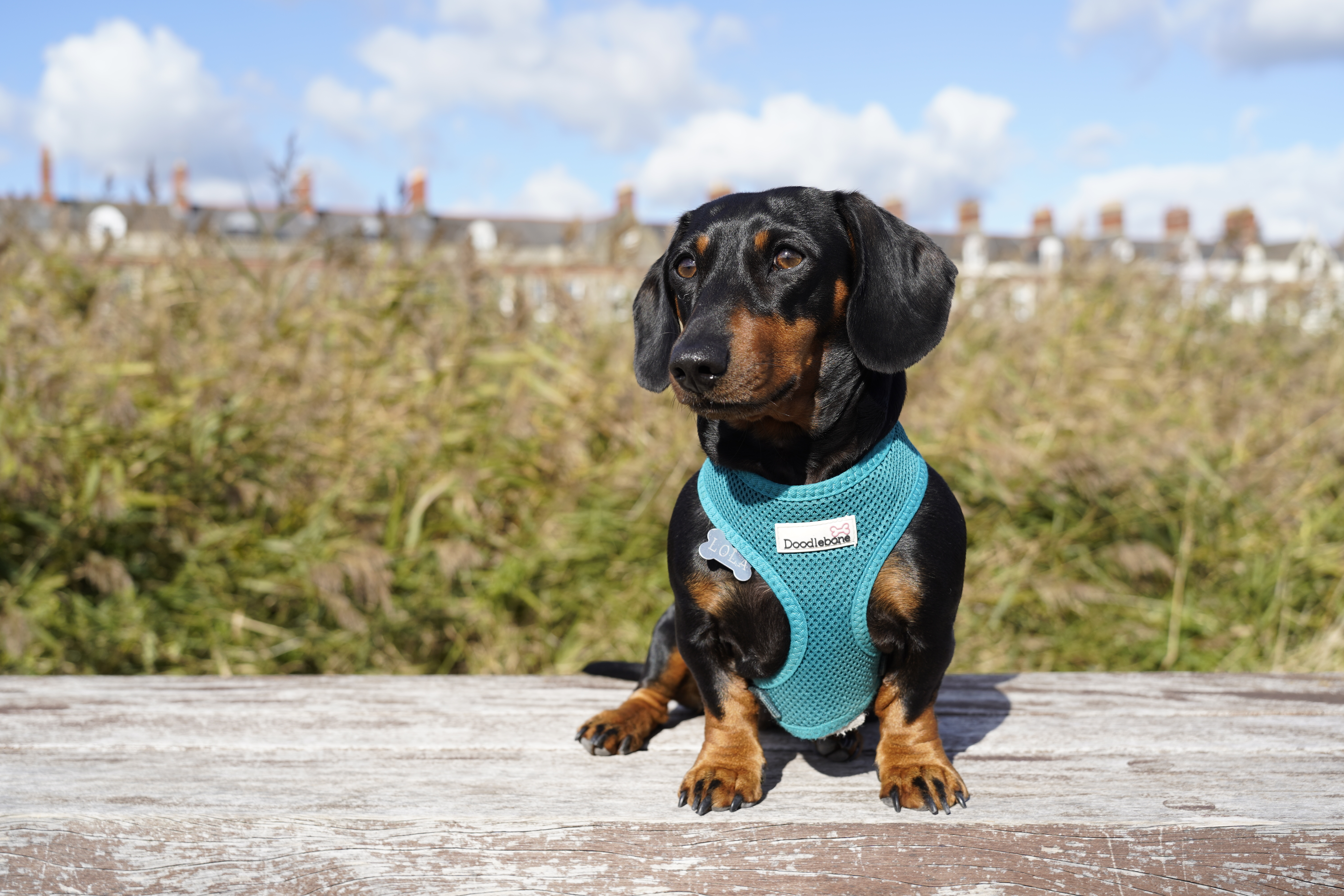


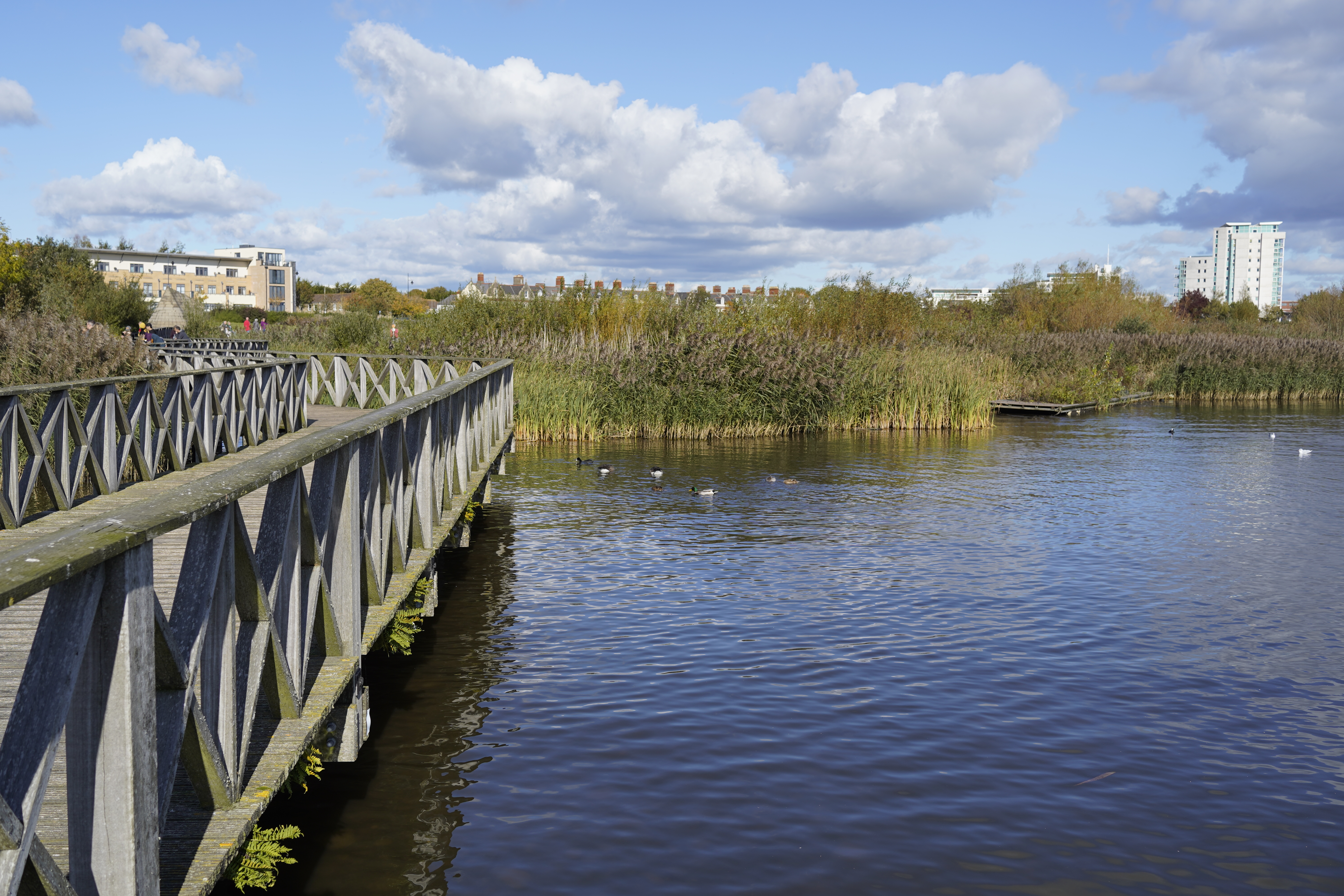

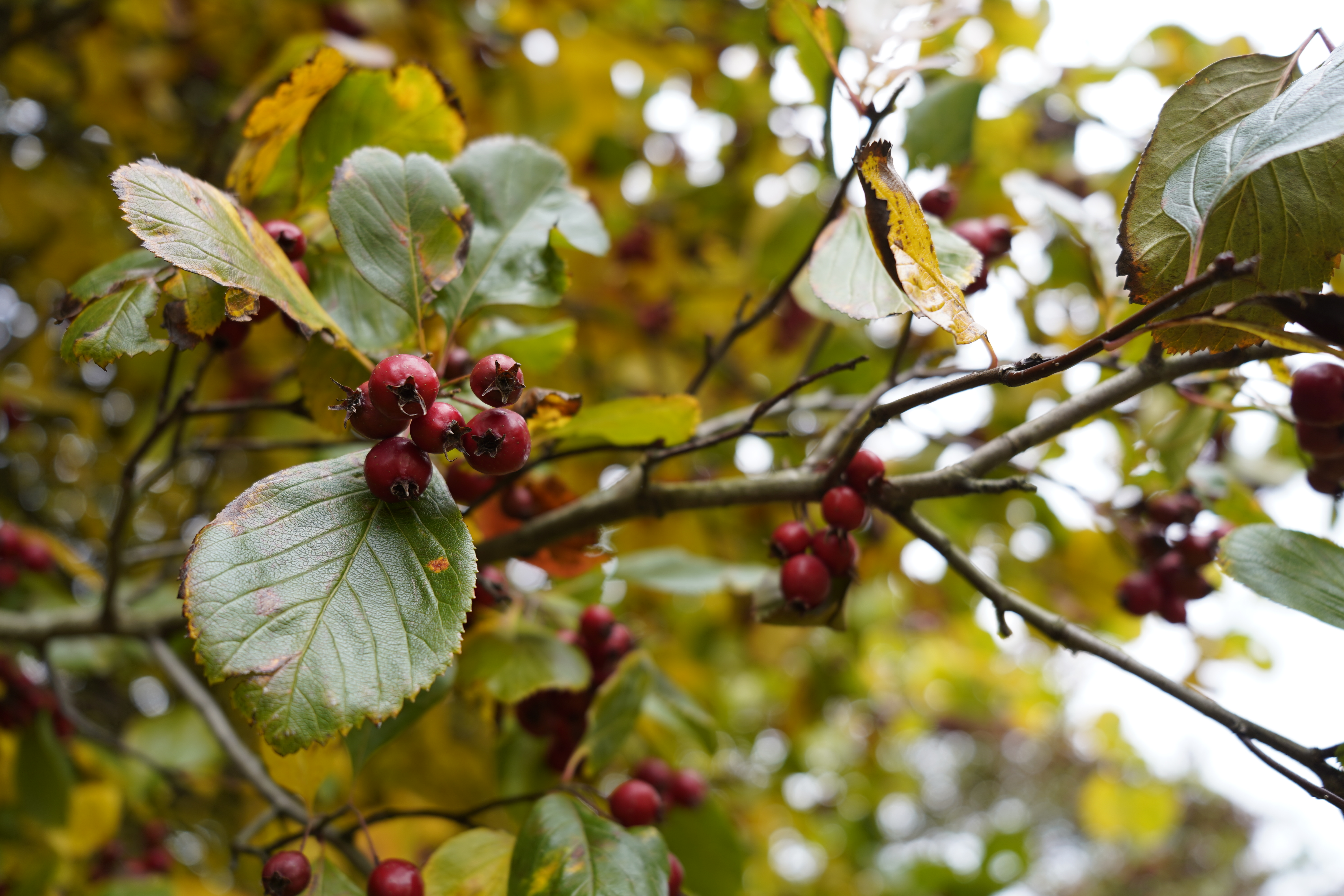
Sony A7C Review: Verdict
If you’re in the market for a very small full-frame interchangeable lens camera, then what Sony has managed to do in cramming full-frame tech into a (more-or-less) APS-C sized body is fairly impressive.
That said, Sony’s APS-C bodies, such as the A6600, are not the most pleasant to use. Placing full-frame tech inside something of similar construction may be a technological achievement, but it doesn’t result in an overly pleasant system to use.
The viewfinder is small and cramped, and while the screen fully articulates, being low resolution, it doesn’t make your compositions and images in playback shine.
There’s also the problem of pricing. With the A7 III being fairly old now, it’s actually cheaper to buy that (body only) than the A7C. The difference comes out a bit more when comparing each model with their respective kit lenses, with the 28-60mm kit lens helping to keep the overall package price to £2,150 (compared to £2,649 for the A7 III with the 24-105mm). However, given that the A7 III’s kit lens is a better performer, you could easily argue that it represents good value for money.
In the end, whether you want the A7C really comes down to what you want in a camera. If you’re looking for something ultra-portable for travel and the like, then it’s something to consider - but for most photographers, we’d recommend looking at the A7 III instead, which offers the same performance in a much better-to-use body.
Liked this?
- Best instant camera
- Best travel camera
- Best camera for kids
- Best entry-level camera
- Best cheap full-frame camera
Amy Davies is a freelance journalist that covers cameras for T3 and many other sites. She is also Features Editor at Amateur Photographer magazine and, when she's not writing about cameras, she's probably taking pictures of her cute dog.
